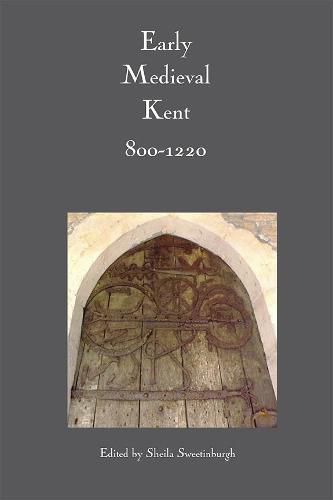Duke William’s march through Kent on his way to London after Hastings in 1066 is testimony to the importance of the county. So too are the royal fortifications at Canterbury, Dover and Rochester, and the mostly successful strategyof ruling Kent through a partnership of Crown and Church. The religious communities at Canterbury Cathedral and St Augustine’s became two of the premier monasteries in England, and (following the death of Thomas Becket) international centres of pilgrimage. Yet, as well as times of triumph, these four hundred years witnessed massive difficulties for the people of Kent, and England. Viking incursions in two major phases covering two centuries were instrumental, for example, in the loss of most royal nunneries in Kent and the sacking of Canterbury in 1011. Socially, too, this was a formative period in the county’s history. Colonization and rural settlement were shaped by the varied physical landscape, but also by matters of lordship and landholding that together marked Kent as distinctive, which would later become enshrined in the Customs of Kent (1293). Similarly the growth of numerous small towns, especially coastal and inland ports, highlight the vitality of the county’s commercial development; the provision of ship service to the king by the confederation of the Cinque Ports denotes a special relationship that still exists today. These essays provide insights into a range of topics of importance in the history of Kent during this seminal period. To provide a context for these, the opening essay presents an assessment of the kingdom of Kent. Subsequentchapters consider the development of first rural and then urban society, the impact of the Vikings, pilgrimage and the landscape, literacy and learning, the developing monastic way of life, and parish church architecture. Three multidisciplinary chapters discuss Canterbury as a case study, while a gazetteer of place-name elements closes the book. Sheila Sweetinburgh is an Associate Lecturer at the University of Kent. Among her numerous publications she has edited Later Medieval Kent, 1220-1540 Contributors: Paul Bennett, Mary Berg, Stuart Brookes, Nicholas Brooks, John Cotter, Paul Cullen, Gillian Draper, Diane Heath, Hilary Powell, Andrew Richardson,Sheila Sweetinburgh, Jake Weekes.
Read More





